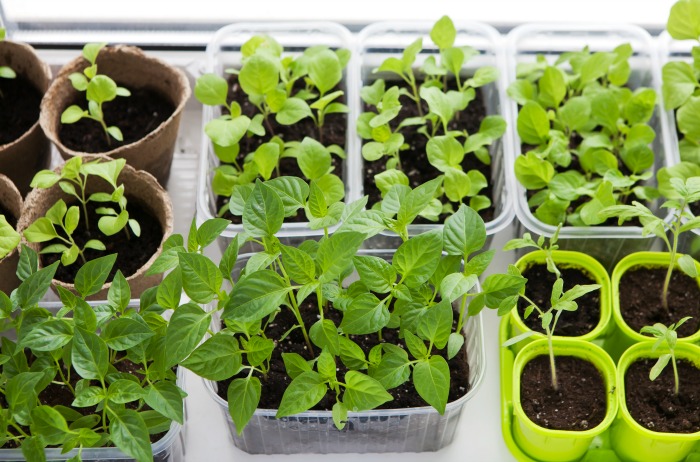
Photo by Todd Huffman | CC BY 2.0
Take a deep breath. A recent scientific study reveals disturbing loss of ocean oxygen. Unnerving climatic events like this justify ringing and clanging of the bells on the Public Square, all hands on deck. In particular, and as expected, the culprit is too much anthropogenic-induced global warming or idiomatically speaking, human activities such as planes, trains, and automobiles… burning tons of coal. Somebody must do something to fix it… ah-ah-ah!
According to Denise Breitburg, lead author marine ecologist with the Smithsonian Environmental Research Center: “The decline in ocean oxygen ranks among the most serious effects of human activities on the Earth’s environment.” (Source: The Ocean Is Losing Its Breath, University of Californian-San Diego, Science Daily, January 4, 2018)
A team of scientists with GO2NE (Global Ocean Oxygen Network) created by the UN Intergovernmental Oceanographic Commission conducted a sweeping all-encompassing study of the state of ocean oxygen: “In the past 50 years, the amount of water in the open ocean with zero oxygen has gone up more than fourfold. In coastal water bodies, including estuaries and seas, low-oxygen sites have increased more than 10-fold since 1950. Scientists expect oxygen to continue dropping even outside these zones as Earth warms,” Ibid.
According to Vladimir Ryabinin, executive secretary of the International Oceanographic Commission that formed GO2NE: “Approximately half of the oxygen on Earth comes from the ocean.”
Today, there are actual dead zones where oxygen has plummeted so low that life suffocates. Not only, low oxygen that doesn’t suffocate life still stunts growth, hinders reproduction, and promotes disease. In short, low oxygen stresses the entire ecosystem.
…click on the above link to read the rest of the article…




